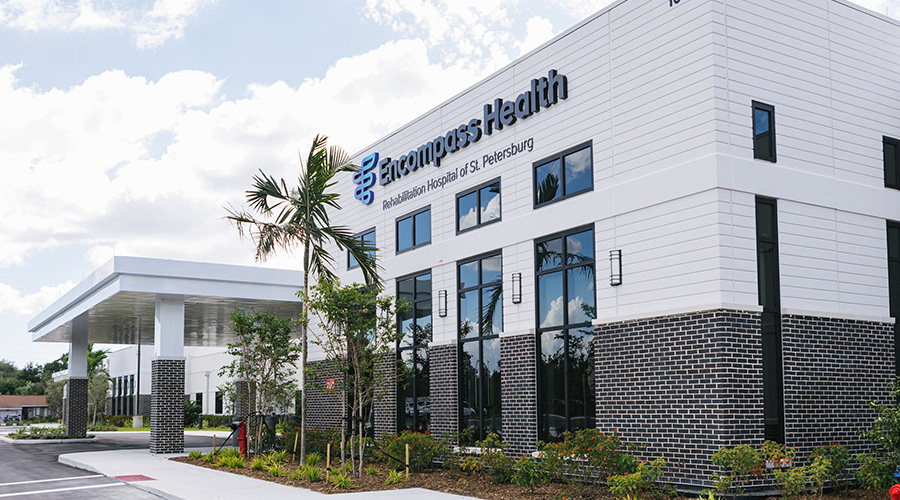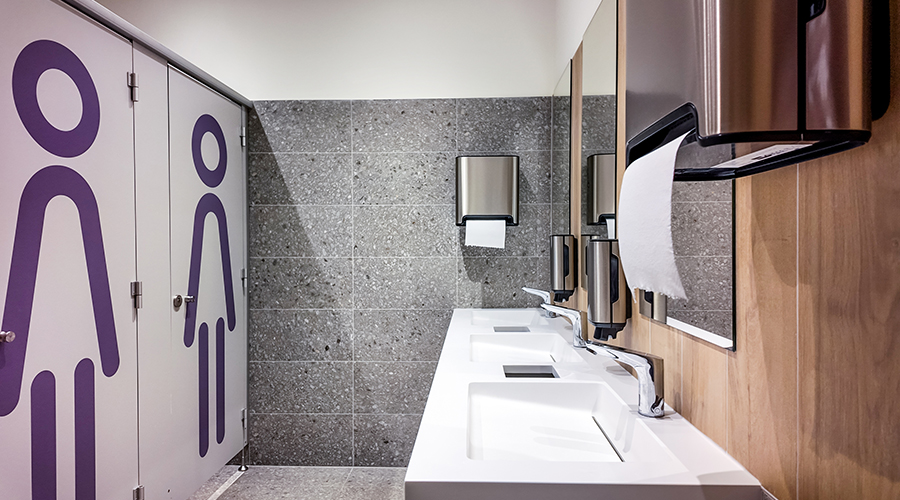Since the 1990s, a trend has been seen in which the number of hospital-acquired infections increase when the weather gets warmer, according to an article on the Popular Science website.
The first observations occurred when there seemed to be more troubles with bacterium Acinetobacter in the summer.
A closer inspection of the species showed there was no difference in the target; the lungs, gastrointestinal tract and bloodstream all had the same trend, the article said.
The only common factor was they were all Gram-negatives, the article said Finding the link between seasonality of infections and Gram-negative bacteria has been difficult. One possible option is the skin.

 A 'Superbug' Is on the Rise in Hospitals
A 'Superbug' Is on the Rise in Hospitals The Next Generation of Security Tech in Healthcare Facilities
The Next Generation of Security Tech in Healthcare Facilities Encompass Health Rehabilitation Hospital of St. Petersburg Opens
Encompass Health Rehabilitation Hospital of St. Petersburg Opens Why More Facilities are Adding Gender Neutral Restrooms
Why More Facilities are Adding Gender Neutral Restrooms Massachusetts Hospital Cyberattack Reflects Growing Vulnerability in Healthcare Systems
Massachusetts Hospital Cyberattack Reflects Growing Vulnerability in Healthcare Systems